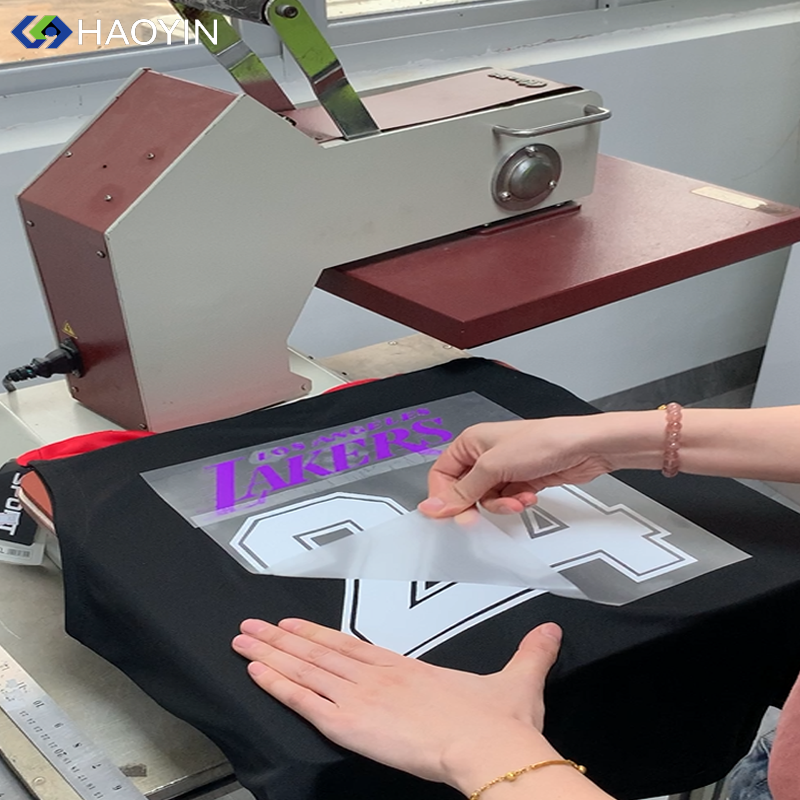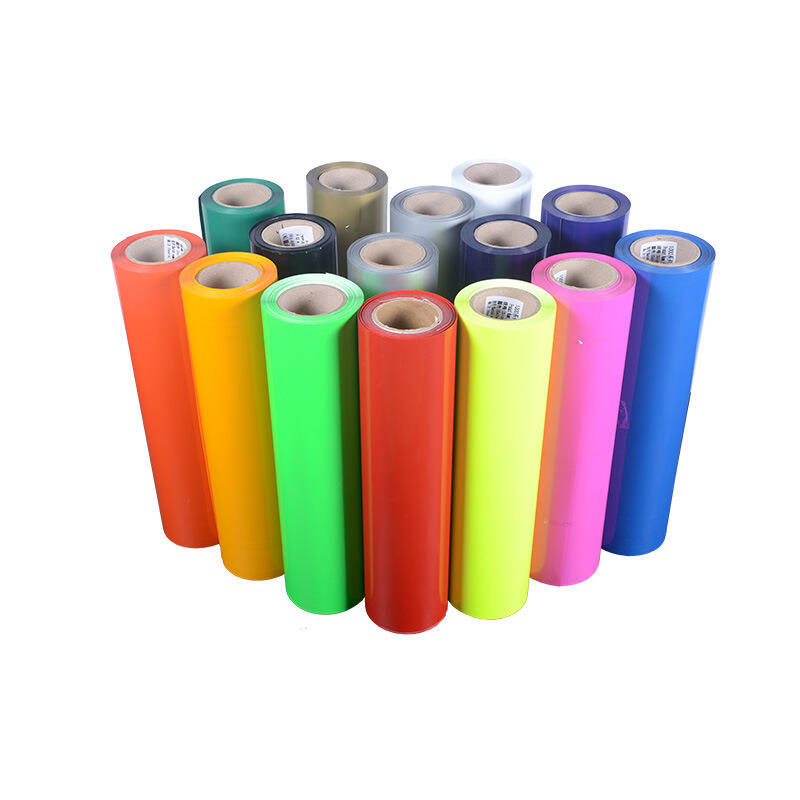Is heat transfer vinyl the same as iron-on? Heat transfer vinyl (HTV) and iron-on vinyl are often used interchangeably, but there are some subtle differences depending on context. Here’s a clear breakdown:
Yes, technically:
Most "iron-on" vinyl is a type of HTV—both require heat and pressure to adhere to fabric.
Example: Cricut’s "Iron-On" vinyl is actually HTV (it’s branded for crafters).
No, in some cases:
HTV is the broader category (includes professional-grade vinyls like Haoyin's HTV).
Iron-on sometimes refers to low-heat or consumer-friendly HTV (e.g., lightweight fabrics, kids’ projects).
✔ Both have a carrier sheet (shiny plastic backing).
✔ Both require heat + pressure (via heat press or iron).
✔ Both are cuttable with a machine or scissors.
| Feature | HTV (Professional) | Iron-On (Craft) |
|---|---|---|
| Durability | Higher (industrial wash) | Moderate (hand wash) |
| Heat Needed | 300–330°F (varies) | 270–300°F (lower) |
| Material | All fabrics (even stretch) | Lightweight fabrics only |
Choose HTV for:
Professional/long-lasting designs (e.g., sportswear, uniforms).
Stretchy fabrics (Siser EasyWeed stretches with spandex).
Choose "Iron-On" for:
Quick DIY projects (e.g., tote bags, kids’ shirts).
Low-heat fabrics (avoid damaging delicate materials).

 Hot News
Hot News2025-08-28
2025-08-18
2025-08-11
2025-08-04
2025-07-25
2025-07-23